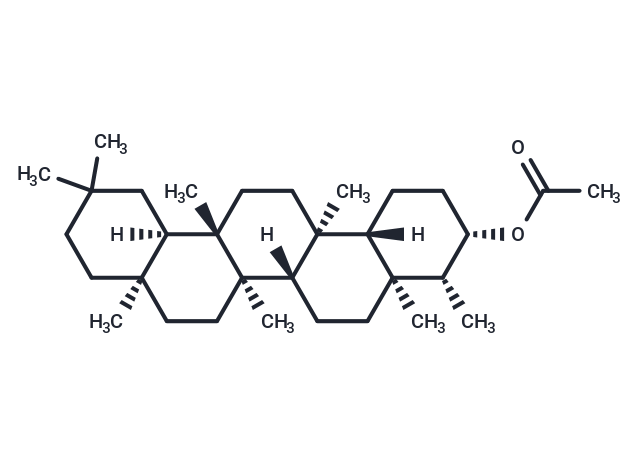Shopping Cart
- Remove All
 Your shopping cart is currently empty
Your shopping cart is currently empty

Epifriedelanol exhibits antibacterial activities. It also can reduce cellular senescence in human primary cells and may be used to develop dietary supplements or cosmetics that modulate tissue aging or aging-associated diseases. Epifriedelanol and friedelin possess promising antioxidant activity, and they are active against the two cancer cells (human T4 lymphoblastoid (CEM-SS) and human cervical (HeLa) cancer cells) with IC50 values ranging from 3.54 to11.45 ug/ml.

| Pack Size | Price | Availability | Quantity |
|---|---|---|---|
| 5 mg | $630 | Backorder | |
| 1 mL x 10 mM (in DMSO) | $650 | Backorder |
| Description | Epifriedelanol exhibits antibacterial activities. It also can reduce cellular senescence in human primary cells and may be used to develop dietary supplements or cosmetics that modulate tissue aging or aging-associated diseases. Epifriedelanol and friedel |
| Molecular Weight | 470.77 |
| Formula | C32H54O2 |
| Cas No. | 2259-07-6 |
| Relative Density. | no data available |
| Storage | Powder: -20°C for 3 years | In solvent: -80°C for 1 year | Shipping with blue ice. |

Copyright © 2015-2025 TargetMol Chemicals Inc. All Rights Reserved.